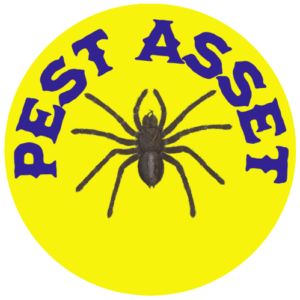Introduction
Welcome to Pest Asset, your trusted source for valuable insights into household pests. Carpet beetles, though small and often overlooked, can cause significant damage to your home. In this comprehensive guide, we will shed light on these tiny intruders, exploring their habits, lifecycle, and effective methods for prevention and control.
Understanding Carpet Beetles
Carpet beetles are common household pests that belong to the family Dermestidae. They are small, oval-shaped insects known for their ability to feed on a variety of organic materials commonly found in homes.
Life Cycle and Development
Carpet beetles undergo complete metamorphosis, consisting of four stages: egg, larva, pupa, and adult. Understanding their lifecycle is crucial for effective control.
Dietary Habits
Carpet beetle larvae are the most destructive stage. They feed voraciously on a wide range of materials, including:
- Natural fibers like wool, silk, and fur
- Synthetic fibers containing animal proteins
- Food products such as grains, cereals, and spices
- Dead insects and birds
- Pet hair and dander
Identifying Carpet Beetle Species
Carpet beetles come in various species, each with its unique characteristics and habits. The most common species include:
1. Black Carpet Beetle (Attagenus unicolor)
Black carpet beetles are small and oval-shaped, with a black or dark brown coloration. They are often found outdoors but can infest homes, causing damage to fabrics and stored products.
2. Varied Carpet Beetle (Anthrenus verbasci)
Varied carpet beetles are tiny and round, with colorful scales that give them a distinct appearance. They are notorious for their ability to damage natural fibers and stored foods.
3. Furniture Carpet Beetle (Anthrenus flavipes)
Furniture carpet beetles are similar in appearance to varied carpet beetles but tend to infest upholstered furniture and mattresses.
Signs of Carpet Beetle Infestation
Detecting a carpet beetle infestation early is crucial to prevent extensive damage. Signs of infestation include:
- Small, round holes in fabric
- Accumulations of shed larval skins
- Adult carpet beetles flying or crawling near windows
- The presence of small, bristly larvae in hidden areas
Prevention and Control Strategies
Preventing carpet beetle infestations involves a combination of sanitation, exclusion, and monitoring. Here are effective strategies:
1. Regular Cleaning
Frequent vacuuming and cleaning of carpets, rugs, and upholstery can remove eggs, larvae, and adults.
2. Proper Storage
Store clothing, blankets, and other susceptible items in airtight containers or garment bags to prevent infestations.
3. Eliminate Food Sources
Dispose of expired food products promptly, and store dry goods in airtight containers to limit access to carpet beetle larvae.
4. Sealing Entry Points
Seal gaps and cracks around doors, windows, and walls to prevent carpet beetles from entering your home.
Conclusion
Carpet beetles, though small, can cause significant damage to your belongings if left unchecked. Understanding their lifecycle, dietary habits, and effective prevention methods is essential to protect your home from infestations. At Pest Asset, we are dedicated to providing you with the knowledge and resources needed to safeguard your living space. By following the preventive measures outlined in this guide, you can maintain a carpet beetle-free home and protect your cherished possessions.



